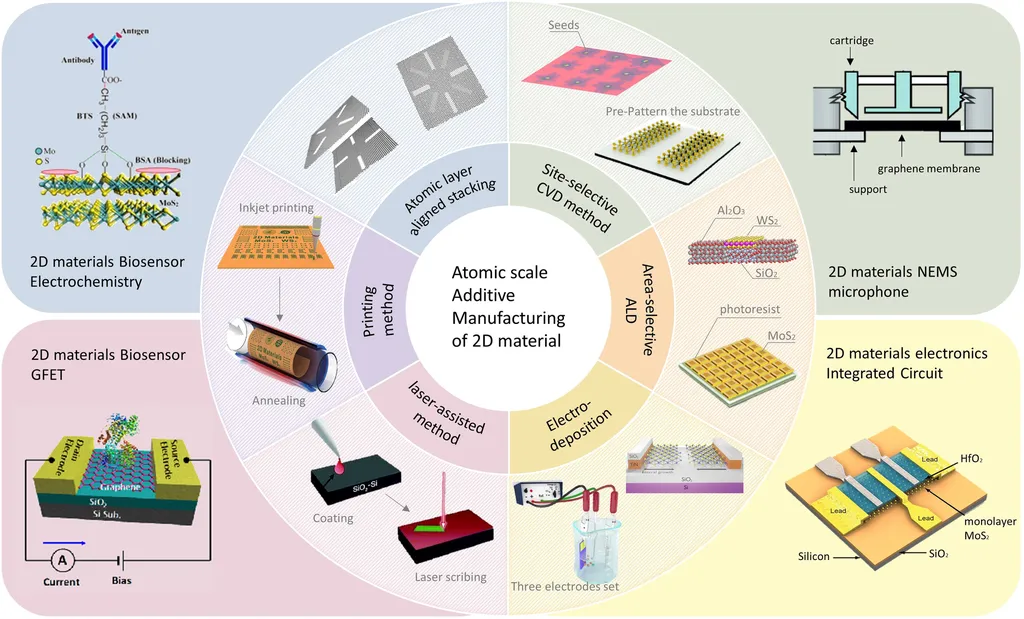In a significant stride towards understanding and mitigating defects in two-dimensional (2D) materials, a team of researchers from the Indian Institute of Science Education and Research (IISER) Kolkata, and the National Institute for Materials Science (NIMS) in Japan, has developed a novel approach to study defect dynamics in 2D semiconductors. The team, led by Dr. Atindra Nath Pal, has demonstrated a method to observe and analyze random telegraph noise (RTN) in ReS2-hBN heterostructures, paving the way for improved performance and reliability of 2D material-based devices.
The researchers fabricated field-effect transistors (FETs) using rhenium disulfide (ReS2) as the semiconductor channel and hexagonal boron nitride (hBN) as the dielectric layer. To minimize contact resistance and disorder, they employed few-layer graphene (FLG) as the contact material, forming nearly barrier-free interfaces with ReS2. This clean platform allowed them to directly observe RTN in micron-scale channels, which is typically challenging due to the presence of disorder and contact artifacts.
RTN is a phenomenon characterized by discrete, switch-like fluctuations in current, arising from the stochastic trapping and emission of charge carriers at defect sites. In this study, the researchers observed RTN in the temperature range of 90-150 K, which evolved into a 1/f noise spectrum at higher temperatures as multiple traps became active. By analyzing the RTN amplitudes and capture-emission kinetics, they identified substitutional carbon-related centers in hBN as the dominant defects.
The findings, published in the journal Nano Letters, establish a generalizable approach for probing dielectric-origin defect dynamics in intrinsically conducting, low-symmetry 2D semiconductors. This method can be instrumental in identifying and mitigating defects in various 2D materials, leading to improved performance and reliability of 2D material-based devices.
For the energy industry, this research offers practical applications in the development of advanced, high-efficiency energy conversion and storage devices. 2D materials hold great promise for applications such as photovoltaics, thermoelectrics, and energy storage, owing to their unique electronic, optical, and mechanical properties. However, the presence of defects can significantly degrade device performance. The approach demonstrated in this study can aid in the identification and mitigation of defects, enabling the realization of high-performance energy devices based on 2D materials. Furthermore, the understanding of defect dynamics can contribute to the development of more efficient and reliable energy systems, ultimately facilitating the transition towards a sustainable energy future.
This article is based on research available at arXiv.

